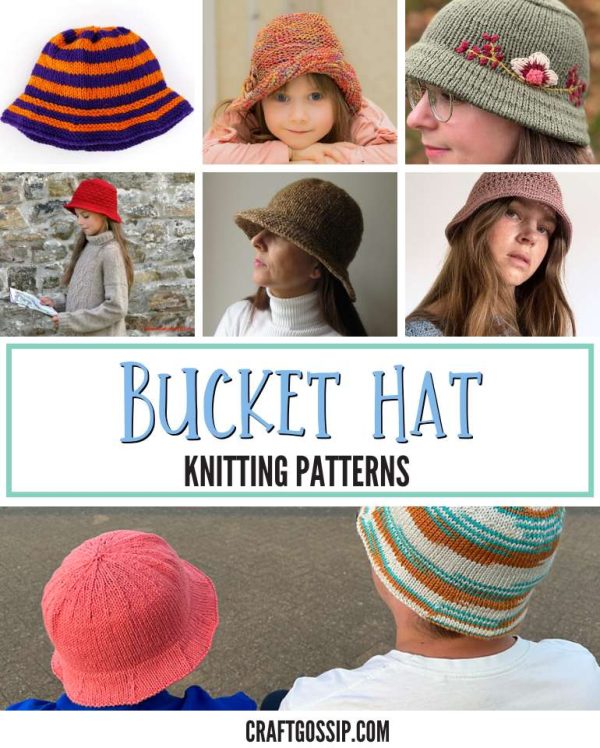 If you’ve been knitting for a while (or a LONG while, like I have) you may understandably feel pretty confident in your skills. If you are like me, this might cause you to be a little cocky when it comes to trying new things, sure that not only will you get it on the first try, but it will also be easy for you.
If you’ve been knitting for a while (or a LONG while, like I have) you may understandably feel pretty confident in your skills. If you are like me, this might cause you to be a little cocky when it comes to trying new things, sure that not only will you get it on the first try, but it will also be easy for you.
Sometimes this will work out fine, and sometimes karma will come back to get you.
You can probably guess what kind of project I’m talking about right now.
I offered to knit a special project for someone, using a stitch pattern I probably never would have chosen, and while it probably shouldn’t have been as hard as it was, I just kept messing it up. And because it was a pattern full of yarn overs and slipped stitches, when I messed up I’d have to rip all the way back because every time I tried to pick up stitches I just messed it up more, or started knitting again on the wrong row and messed up the stitch pattern.
I was humbled.
Also, I was reminded of the knitter’s best friend in situations like this: the lifeline.
A lifeline is just a piece of yarn or thread that you run through your stitches, just below the needle, on a row you know you’ve worked correctly. If or when you make a mistake in a future row, you can easily rip back to that row that you know is correct without any fear of dropping stitches or losing yarn overs or other fancy stitches.
This is a great thing to do when you are learning a new to you technique like cables, lace or brioche. (The pattern I was struggling with was a brioche variation.) It gives you a little insurance that your mistakes won’t be fatal, and it helps you keep track of your progress, which can be super motivating when learning new things.
Check out how to use a lifeline over at Our Daily Craft. I’d love to hear your stories about using a lifeline, especially if you have a “should have used a lifeline” story, too!
 As I was starting to write this post I thought that it was true that I’d never done a roundup of bucket hat knitting patterns before. But then I looked, and I actually did one last year (which you can find
As I was starting to write this post I thought that it was true that I’d never done a roundup of bucket hat knitting patterns before. But then I looked, and I actually did one last year (which you can find